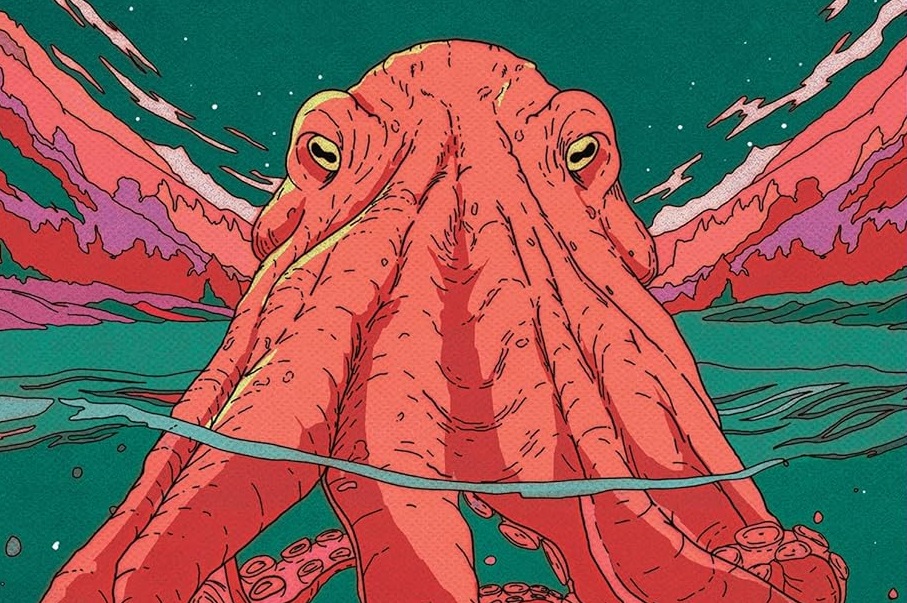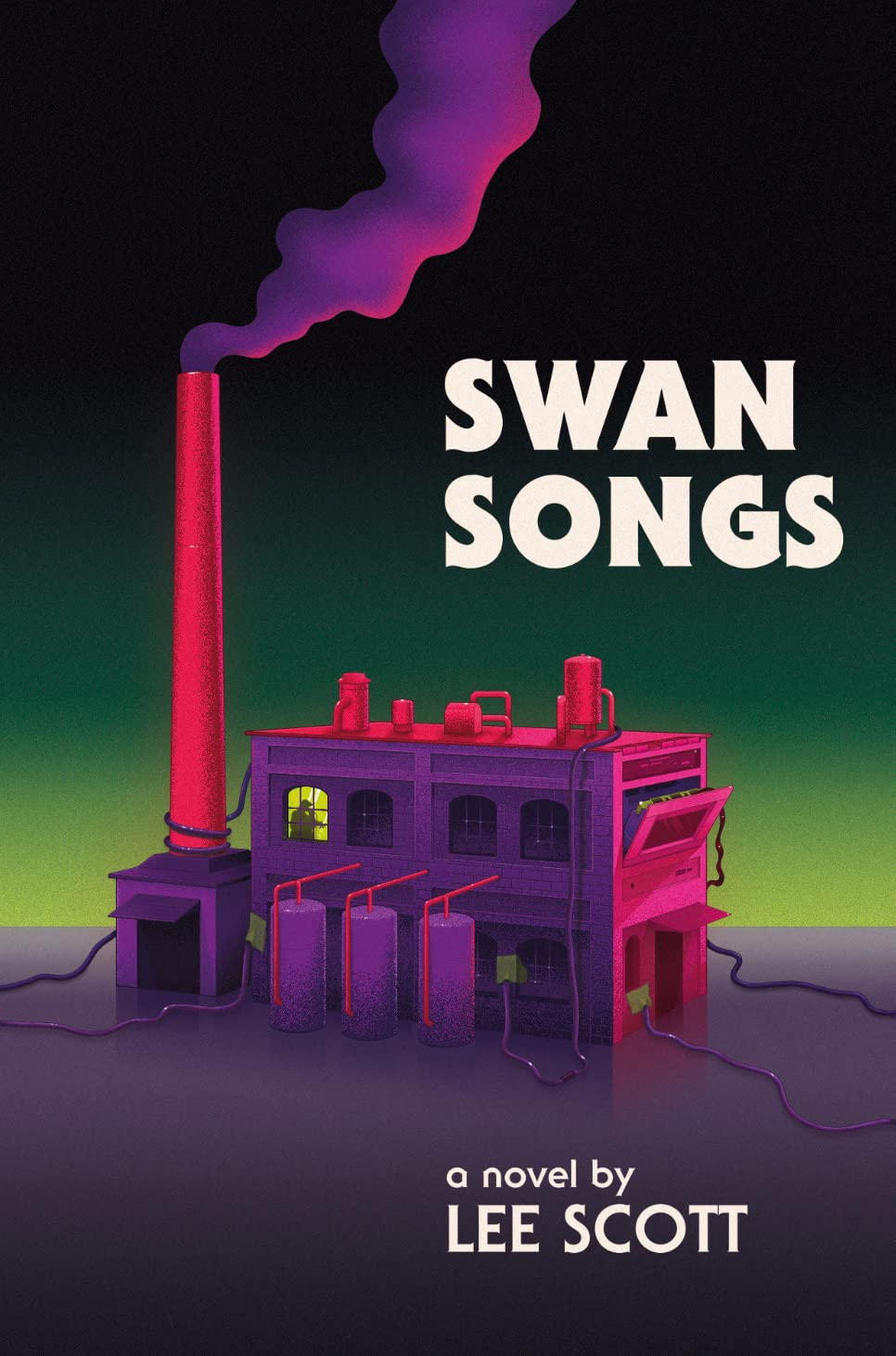
Written by Faye Lynch.
(There may be mild spoilers ahead)
In ‘Section I: Qualia’, Nayler situates us in the world of the novel. This first segment of the book lays its groundwork in introducing various characters and settings at a pace that can feel overwhelming but comes together in a satisfying manner by the end of the twelfth chapter.
The near-future setting feels layered and lived-in. The abundance of decaying, abandoned and dilapidated structures that are described very vividly, really helped me to feel drawn in and situated within the world of the story.
An aspect I really enjoyed was learning about Eiko and the human crew of an automated fishing ship. As someone who’s research frequently looks at the intersection of AI and labour, it was refreshing to see Nayler engage with the thorny notion that the ready availability of robot labour would not necessarily be a cure all for human labour exploitation.
There was more exposure to the octopus than I had honestly expected this early in the novel, however that was my own expectations setting me up. I had assumed that the creature of Con Dao would be a more mysterious aspect of the narrative. But, given that our protagonist is a cephalopod researcher, it makes far more sense that the mystery of the text will stem from how and why the octopuses can communicate, rather than the revelation that they can communicate at all.
By ‘Section II: Umwelt’ I was better situated into the rhythm of the story and found the switches between narrative perspectives a lot easier to navigate than I did in the first section of the novel. This was due to increasing familiarity with the characters, but also the story has started to have a more comfortable and leisurely pace now that the characters and locations have been established.
Despite my misgivings about the early reveal of the octopuses negating some of their mystery, I did not find that at all as we spent more time with them. The mystery of the octopuses stems not from their presence and their ability to communicate, but from their intentions and perceptions of the humans around them. They instigate communication with the human characters in this section and what they have to say does not leave a great deal of hope for peaceful cephalopod and human coexistence. But who can blame the octopuses for seeing humans as a threat, after all that we have done to their environment?
The android monks become a more prominent aspect of the novel in this section, much to my delight. I had enjoyed them in Section I as an enriching feature of the setting, so it was gratifying to see them being incorporated into the story proper. It is also interesting to see the differences between them and the more advanced android Evrim, I found the line “We are not alive” particularly chilling and thought provoking.
‘Section III: Semiosphere’ sees the sense of comfortability that was set up in earlier chapters upended by revelation after revelation complicating the world of the text as we know it. I won’t give too much away but learning about the oculus was a genuine shock to me, and I had to reread the scene several times. All the twists of this section feel telegraphed and earned, and it was a delight to have all these complications unfurl as we approach the last section of the novel.
There was little bit more octopus action in this chapter, but they didn’t take centre stage quite in the way I had expected. The way Nayler has conveyed their communication and language through the icons/visual symbols in the text of the book is great, it really draws you into what the characters are experiencing. I also found myself trying to guess what the symbols mean alongside Dr. Ha and the rest of the team.
The allusions to Ha’s research with the cuttlefish really added some further dimension to the novel’s discussions of ethics particularly as they pertain to animals and conservation. The development of the relationships between humans and AI in this section have also been really fascinating; be that the increased closeness of Evrim and Dr. Ha, or the bitter struggle between the Sea Wolf and its crew. The variety of depictions of robots and AI in the novel have been really refreshing in their diversity.
The fourth and final section of the book: ‘Autopoiesis’ winds together the three narratives of the text in a satisfying and heartening conclusion, but not without some bumps along the road. After the rollercoaster that was Section III, the pace of these chapters was a little more sedate than I had expected. While the action of the story was very exciting, there were plenty of places to catch your breath.
I loved finally learning exactly how Rustem’s storyline tied in with that of Dr. Ha and Eiko’s. And while Rustem’s ambiguous fate works perfectly for the character, I still found myself wondering what would happen to him, which is testament to Nayler crafting such an involving and intriguing world of characters.
Learning more about Dr. Ha and Evrim’s philosophies and developing perspectives on their relationship with the world was a fun detour during one of the pivotal action scenes of the final chapters. However, I feel that the staging was a little too straightforward for a novel that has otherwise trusted its reader to pick up on clues without too much signposting. All that being said I can appreciate that in a book which has ‘communication’ as its core topic, a scene with two characters talking plainly about their experiences was a thematically appropriate choice.
Overall, I have thoroughly enjoyed The Mountain in the Sea and am thoroughly looking forward to hearing Ray Nayler speak at the CRSF 2024 Author’s Roundtable. And with that we’ve finished our book for March! April’s book will be Tlotlo Tsamaase’s Womb City!




